
This publication is a companion to the Pacific Handbook for Gender Equity and Social Inclusion in Coastal Fisheries and Aquaculture, aimed at bridging the gap in advice that is guided by human rights and knowledge about the region’s tuna industry. The significance and importance of the industry for the fulfilment of Pacific people’s economic, social and environmental rights in light of the Blue Growth debate and the associated risk, dangers and lack of transparency, was an impetus for this handbook. This is tuna-specific handbook focusses on human rights, illustrating the interplay of gender equality as a human right and how human rights dimensions touch on social inclusion. This handbook is designed as a learning guide (1) to improve knowledge and awareness and (2) to provide practical ideas and approaches towards the application of gender equity, social inclusion and human rights.
Read More: https://purl.org/spc/digilib/doc/izv5o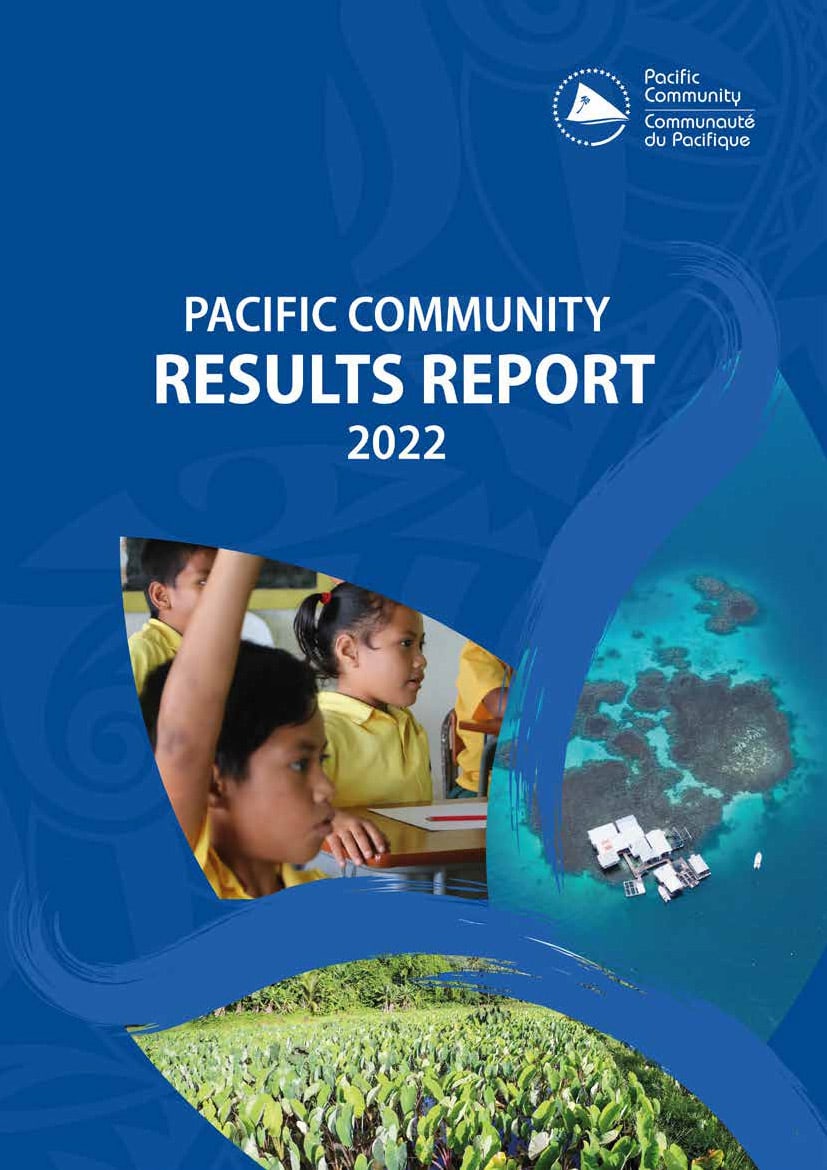
The 2022 Pacific Community Results Report outlines how the organisation has supported and strengthened research, innovation and capability across our ocean, land and people. SPC delivered collaboratively alongside our members and partners in 2022 supporting Pacific Leaders’ vision of safe, free, healthy, sustainable and productive lives for all Pacific communities and people. This is highlighted throughout our newly structured results report, the first to respond to the Strategic Plan 2022–2031: Sustainable Pacific development through science, knowledge and innovation.
Read More: https://purl.org/spc/digilib/doc/ezbzz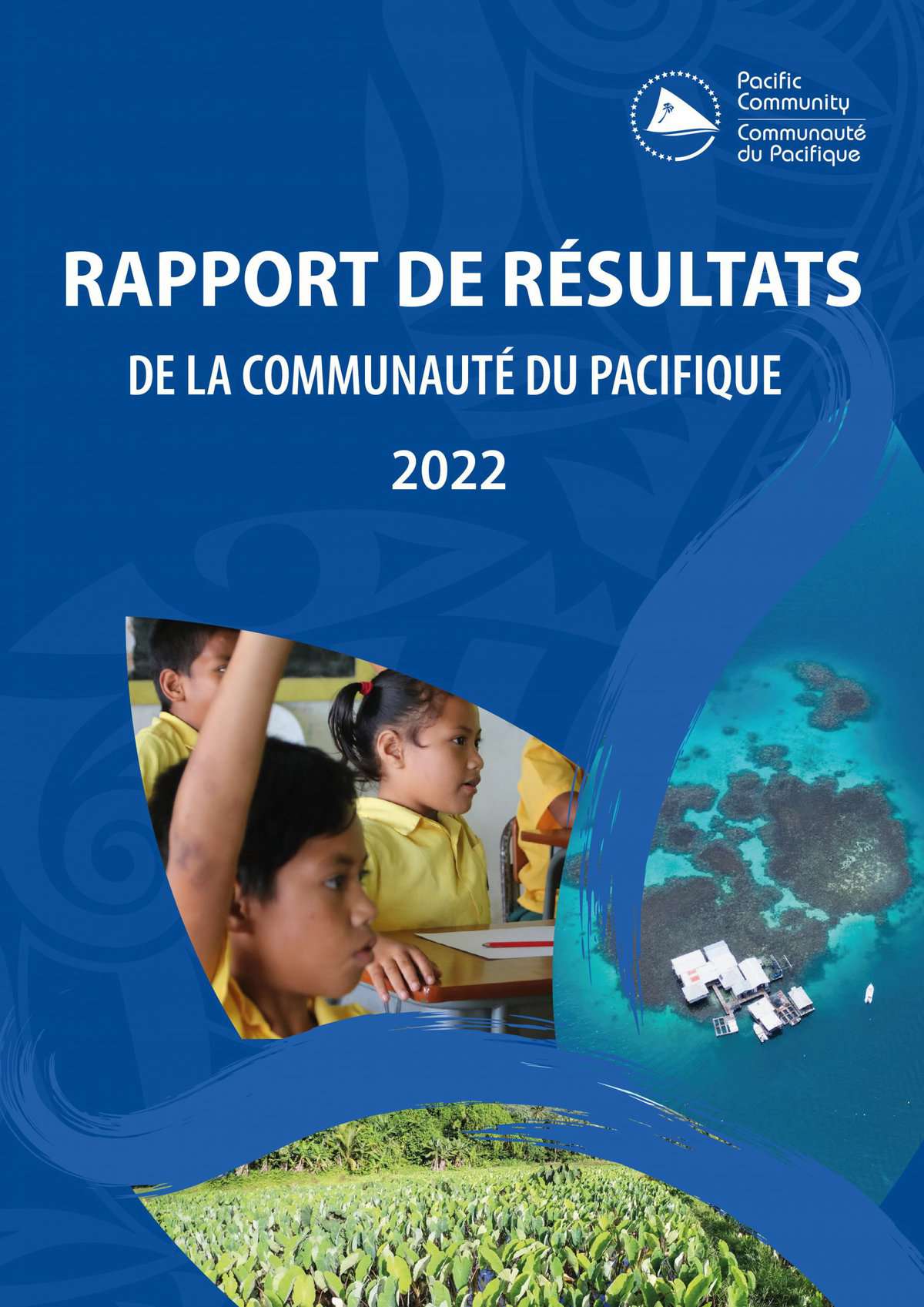
Le Rapport de résultats 2022 de la Communauté du Pacifique montre comment l’Organisation a soutenu et renforcé la recherche, l’innovation et les capacités au service de l’océan, de la terre et des populations. La CPS a agi au cours de l’année 2022, en collaboration avec ses membres et ses partenaires, afin de concrétiser la vision, définie par les dirigeants du Pacifique, d’une région où tous les peuples et toutes les communautés vivent en sécurité, libres et en bonne santé, de manière durable et productive. Les actions menées à cet effet sont mises en exergue tout au long du présent rapport, qui s’articule autour d’une nouvelle structure, la première à correspondre au Plan stratégique 2022–2031 : Le développement durable du Pacifique par la science, le savoir et l’innovation.
Read More: https://purl.org/spc/digilib/doc/qgz6d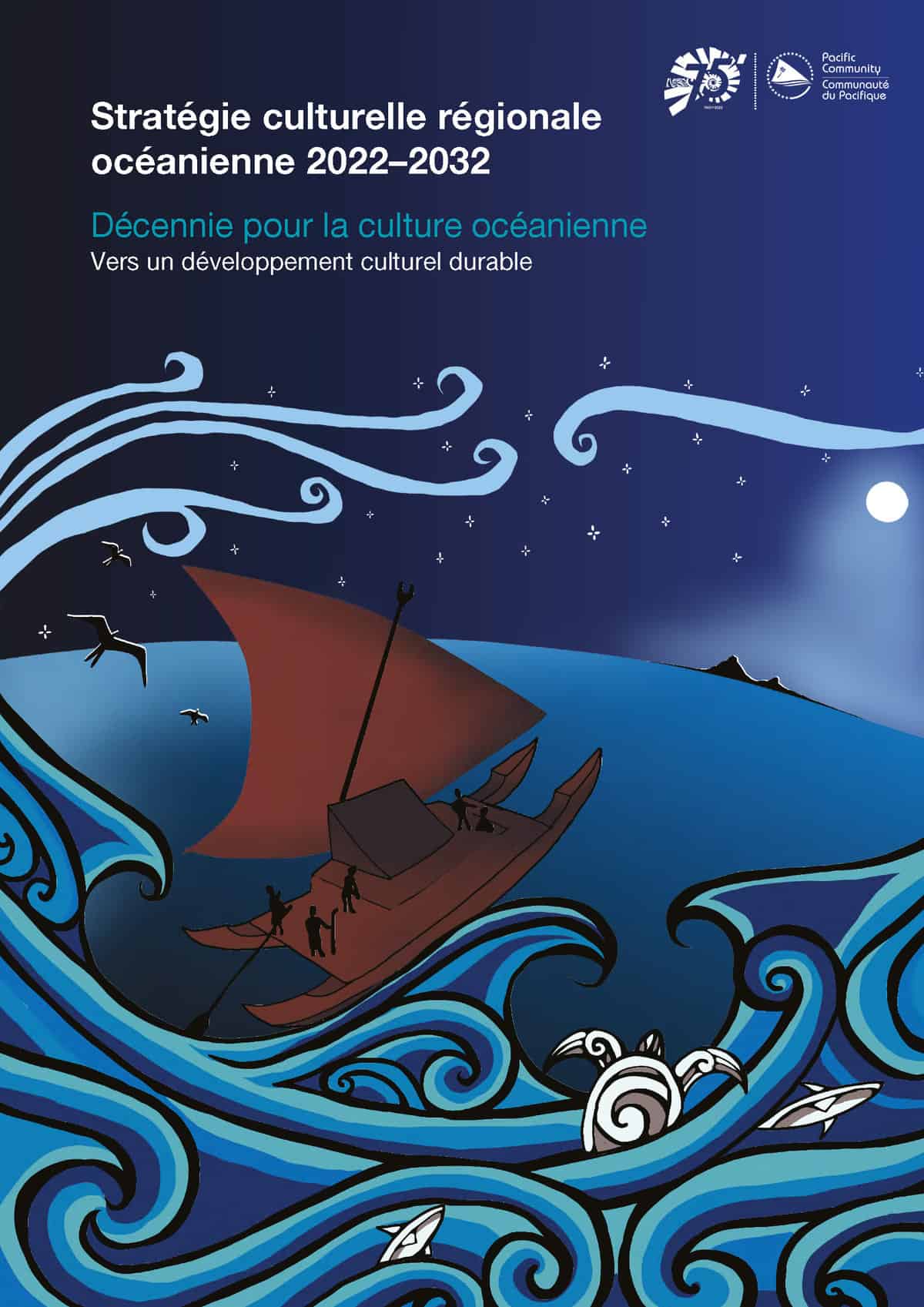
La culture coule dans les veines de nos communautés. Elle véhicule des valeurs fondamentales, qui nous guident et nous portent dans notre quotidien. La culture s’inscrit au cœur de notre identité océanienne. Elle témoigne de notre connexion à notre lieu de vie, ainsi que de nos identités liées à l’océan. L’élaboration de la Stratégie culturelle régionale : Investir dans les cultures océaniennes 2010–2020 était prévue dans le Plan pour le Pacifique en 2004. Ce fut la première tentative d’établir un cadre stratégique régional pour le développement du secteur culturel en Océanie. La Stratégie culturelle régionale océanienne 2022–2032 se fonde sur les enseignements tirés de la mise en œuvre de cette première stratégie. Elle met à l’honneur le patrimoine culturel riche et diversifié de notre région et elle expose avec précision ce que nous pourrions faire pour mieux protéger et préserver les savoirs traditionnels et tirer parti de la contribution inestimable de la culture aux efforts déployés aux niveaux national et régional en faveur du développement durable.
Read More: https://purl.org/spc/digilib/doc/8ro4u
This book provides the results of a study of the benefits to Pacific Island countries and territories from the fisheries in the region. This is the fourth study in the “Benefish” series, with previous studies published in 2001, 2008, and 2016 in partnership with the Asian Development Bank, the Forum Fisheries Agency, and the World Bank. In this edition, the fisheries of the region are divided into six categories: coastal commercial; coastal subsistence; offshore locally based; offshore foreign-based; freshwater; and aquaculture. For each of these fishery types, the best available information is used to estimate annual production in recent years in each of the 22 countries and territories in terms of both value and volume.
Read More: https://purl.org/spc/digilib/doc/ppizh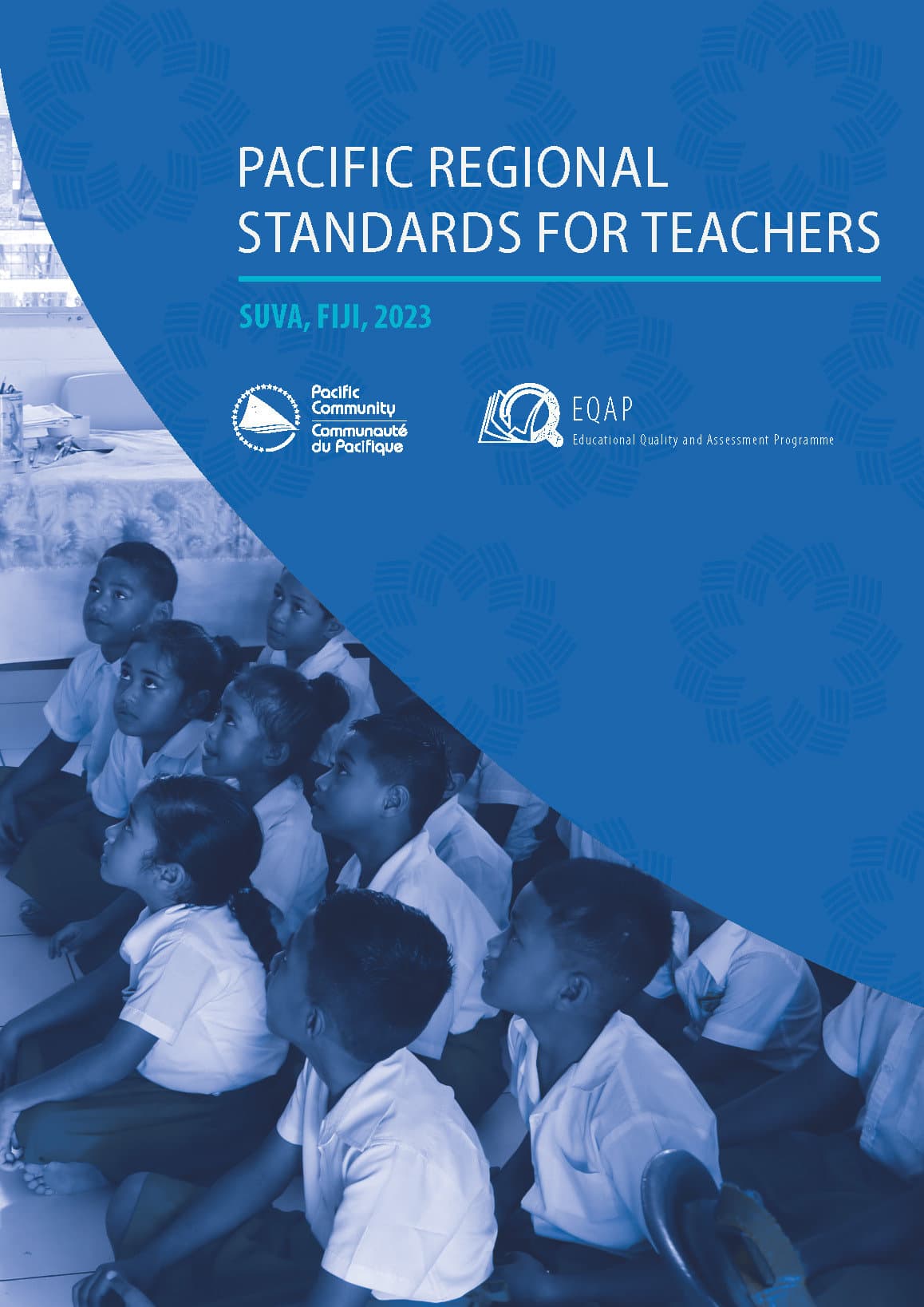
Teacher capability is at the heart of successful teaching and learning and this publication, Pacific regional standards for teachers has been crafted collectively by teachers, leaders and experts to express the expectations and aspirations for teaching and learning across the Pacific region. The standards describe the expectations of effective teaching practices and sets out the standards for ethical behaviour that is expected of every teacher. It is intended to guide improvements in teaching effectiveness through regular assessment and evaluation of teacher competencies and the use of evidence to plan and implement teacher development. It is also intended to guide teacher certification and teacher registration and, where applicable, remuneration increases and promotion.
Read More: https://purl.org/spc/digilib/doc/z8pvu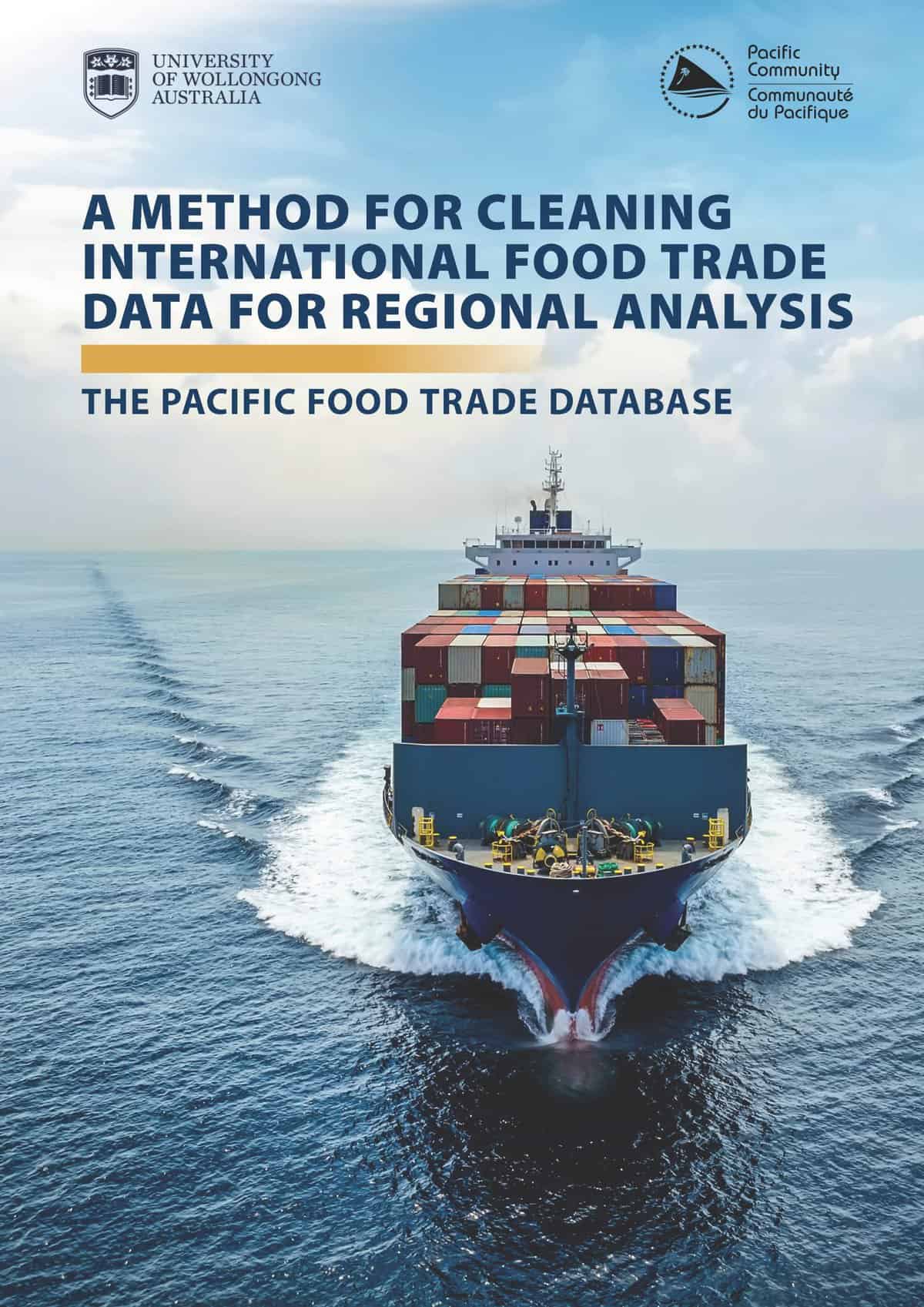
This paper reports on a remarkable achievement – the creation of a highly granular database of trade volumes and values for food and beverages to and from Pacific Island countries from 1995–2018. The amount of work behind that achievement can be gleaned from the detail of the methods’ five stages. We learn of years of work; the comprehensive examination of records by statistical methods and by experts’ painstaking scrutiny; and the removal or amendment of thousands of numbers, many of them very material in size. As the charts in the latter half of the paper show, the results are immediately and obviously more plausible than the previously available data. The end result is that we can talk about trends and patterns in food imports and exports for the Pacific in a markedly more meaningful and reliable way than has ever been possible.
Read More: https://purl.org/spc/digilib/doc/6rz4g